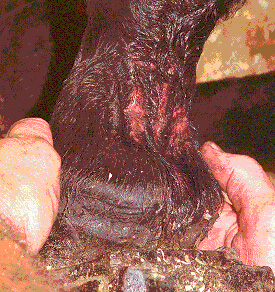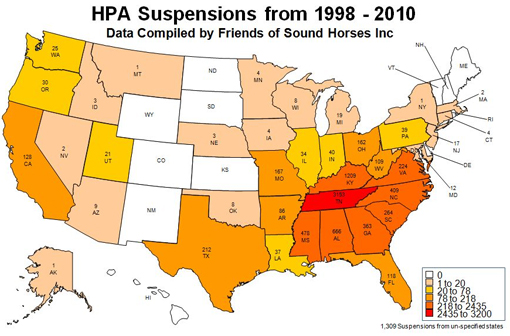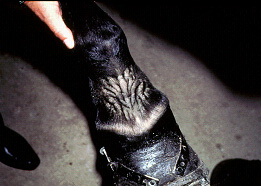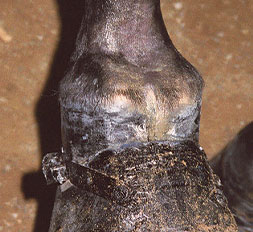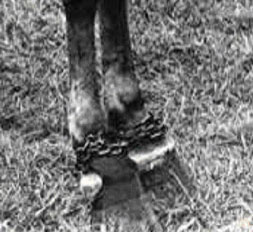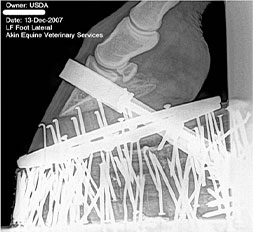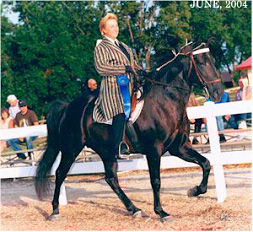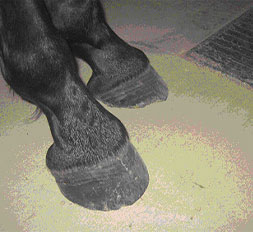FOSH is the only international organization dedicated to the promotion of the sound-gaited horse emotionally, mentally, and physically.
We educate our members on how to treat, care for, and train gaited horses across the U.S. and Canada.
Got Gait – Go FOSH
Edit Content

